Pedagogy of the soul is not a set of techniques, or even a mindset. It’s a “heartset.”
It’s a Heartset
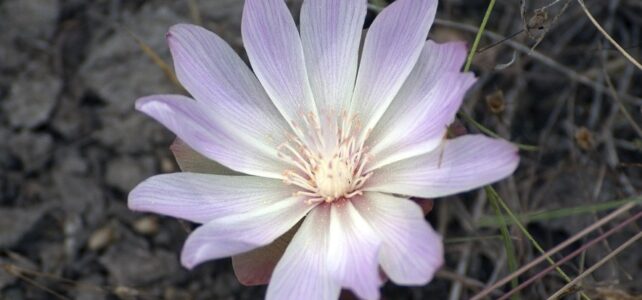

Pedagogy of the soul is not a set of techniques, or even a mindset. It’s a “heartset.”

In The Rehumanizing, our time and efforts no longer primarily are consumed by finding our footing and climbing the mountain. We now have the comfort, stability, freedom, and luxury to focus on something different. We can choose to take on goals that are broader, deeper, more personal, and more holistic — in other words, more human.
This blog appeared on TheConversation.com. What is a bodhisattva? A scholar of Buddhism explains…. Read more…
A conversation with Frances Garrett and graduate students at the University of Toronto about A Global History of Buddhism & Medicine, on the podcast Buddhist Studies Foonotes.
A conversation with Sabine Wilms and her Imperial Tutor Tea Time Talks about integrating scholarship and the practice of Buddhism and Asian medicine. https://imperialtutor.kartra.com/videopage/ScholarshipandPractice

What if our teaching was our sacred mission, our soulwork, our spiritual practice? What would we do differently? What would change?
This blog appeared on TheConversation.com. Mindfulness is seemingly everywhere these days. A Google search I conducted in January 2022 for the term “mindfulness” resulted in almost 3 billion hits. The practice is now routinely offered in workplaces, schools, psychologists’ offices

Our students are living under an unimaginable burden of trauma. But, how much are we taking these factors into account in the classroom? And what would really showing up for our students demand from us?
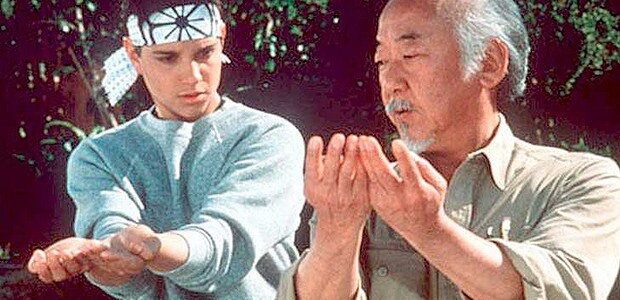
We must make a fateful choice. Will we hide our hearts behind our lecture notes and bury our heads in our theoretical postulates? Or, will we risk helping our students get a little bit drunk on romantic talk of magic, wholeness, and transformation?
A wide-ranging conversation between Pierce Salguero and Beth Gram of the Chinese Medicine Education Cooperative. Topics covered include the influence of Buddhism on Chinese medicine, medical pluralism in China, parallels between medieval China and today, cultural translation vs appropriation, differences
A brief lecture on Buddhist responses to the pandemic.

The humanities will make many important contributions to the world, for sure, but there will be no arrival at a final destination, no resolution into a final perspective. But yet, to be a humanist is to be entranced by the analysis of those endless details, to be thrilled by uncovering successive layers of analysis.
A two-part discussion with Sabine Wilms’s Imperial Tutor Tea Time Talks group, recorded in summer and fall 2020. These talks respond directly to the blogs in the Meta-Approaches to Asian Medicine Series.

This post explores in depth how polyperspectivalism leads to greater conceptual flexibility, and therefore more clinical options, when treating patients.

What matters is that we never allow ourselves to fall into the trap of thinking that we’ve discovered a final answer to what all of this really means, or how all of this really works, and that we thrive on the uncertainty.
This blog appeared on BuddhistdoorGlobal.net. With the emergence of the SARS-CoV-2 novel coronavirus in Wuhan, China, in late 2019, and its subsequent development into a global pandemic, Buddhist organizations have sprung into action around the world. Their responses have been diverse, reflecting
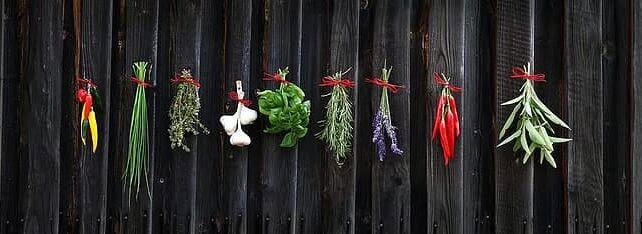
Interdisciplinarity has failed as a model for collaboration in the study of Asian medicine. Here, I propose the new model of “metadisciplinarity” as a means of bringing people together in more productive and more generative ways.

The traditional Asian medicine community has a communication problem.
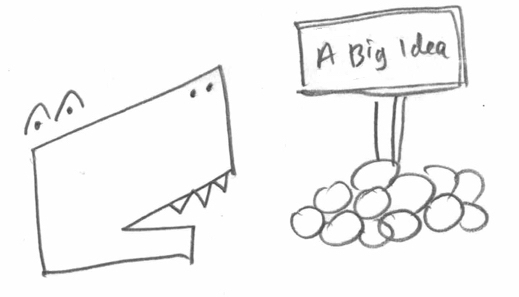
Using both demolition and fabrication, we act to liberate ourselves and others both to think critically and to dream up a better world for us all.
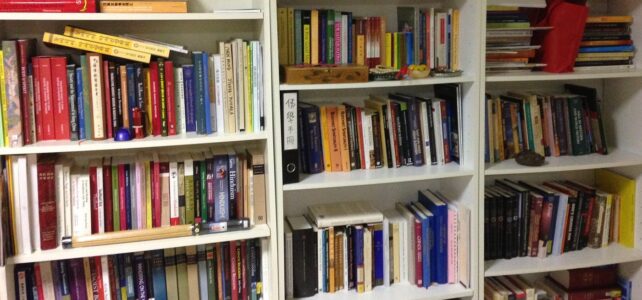
In the interests of being transparent with prospective grad students about what they are getting themselves into, I would like to share the ugly truths I wish I knew before I went to a PhD program, and a few tips I learned along the way that might help others to survive the ordeal.

Metamodernism seems to be cropping up everywhere these days. (If you haven’t run into the concept yet, there are a helpful introductory essays here, here, here, here, and here.) At its core, and expressed all too briefly, metamodernism is an answer to the question of
Having clear and explicit ideas about what exactly we want students to get out of our classes, and how our classes fit into their overall educational and personal development, is the paramount first step to building a course that is meaningful for students and faculty alike.
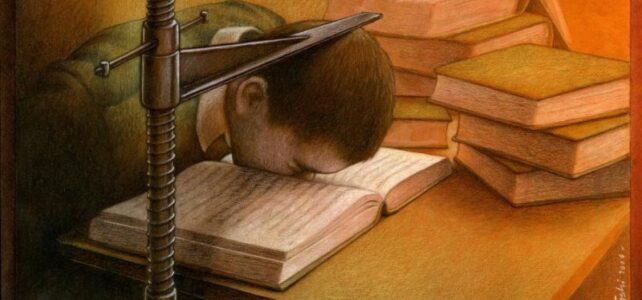
It’s a false dichotomy that more kindness means less rigor. Empowered, healthy scholars who were mentoring and supporting each other as a collective would likely be much more rigorous than a collection of competitive individualists who are at each others’ throats.

Since 2015, students in my “Buddhism in the West” class have been developing a website called the Jivaka Project. The project has involved dozens of students doing participant-observation ethnography at over 40 Buddhist temples in the Greater Philadelphia area.
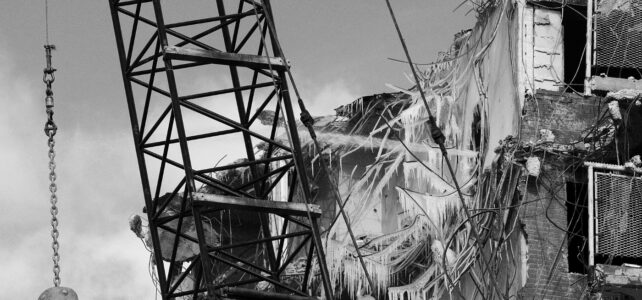
We need to make clear that humanistic scholarship has an entire toolkit that we can employ in the classroom for the benefit of the widest number of students. Some of those are critical tools, but there are also vital tools for empowerment, empathy, and meaning-making.
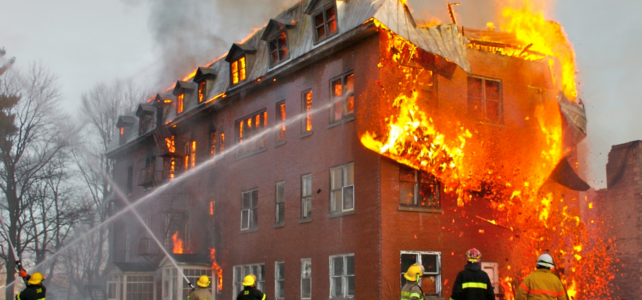
Now, more than ever, how we approach our scholarship is inherently and inescapably a political matter. Shall we choose to bury our heads in the sand, or to use whatever platform we have to try to address the conflagration outside the window?

We do not need to reduce the full range of our human experience to the “humanities.” While our academic tools are always available for us to use, there are also entire universes beyond critical analysis, beyond concepts, beyond words. Every

In the present environment of anti-intellectualism and anti-expertise, it is incumbent on scholars to broaden our audience beyond our habitually narrow circles and to prioritize public engagement. The only way to counter the conspiracy-theories and “alternative facts” of the day
This blog was published on BuddhistDoor Though he lived in the sixth century, Zhiyi (538–597) has a lot to teach the modern practitioner of meditation, whether Buddhist or secular. He is best known as the founding patriarch of the Tiantai
I have a true passion for teaching, and it is my strong belief that the humanities are indispensable in providing undergraduates important tools to understand the world and to actively engage in society. While the ideas I’ve outlined here represent
This blog was published in Patheos. I am not a scholar of Buddhist meditation. My own research has only touched on meditation insofar as it was claimed to have therapeutic benefits in a handful of texts in premodern Asia. But,
This blog was published in the Penn Museum Blog and the Penn Press Log. Knowledge about healing and disease has held a central place within Buddhist thought since the earliest times. Taken collectively, Buddhist perspectives on health, disease, healers, patients, therapies,
This blog was published at Patheos.com. Recently, I invited my Facebook friends to submit questions on the topic of Buddhism and medicine. I collated the questions together, and wrote the brief responses below…. Is there such a thing as “Buddhist medicine”?
This post appeared on Patheos.com While I am not a historian of yoga per se, my academic research focuses on the crosscultural exchange of Buddhist ideas about health globally, and I specifically focus a great amount of attention on the many acts
“LA 497: Visualization” was a team-taught course in Spring 2015 that was designed to encourage collaboration and integration. This class was funded by a Penn State University Schreyer Institute for Teaching Excellence grant. Using a fifth-century Chinese Buddhist text on visualization meditation
A Jesuit, a eunuch, and a courtesan walk into a classroom…. No, it’s not the opening of a tasteless joke. It’s just another episode of Dynasties & Dragons. Now in its fourth year of implementation, “the other D&D” has evolved
This blog appeared on Patheos.com TIME magazine’s 2 Feb 2014 cover announces the arrival of the “Mindful Revolution.” The publication joins a flurry of recent examples confirming that a shift is taking place in the representation of meditation in American popular media. The
Preliminary Readings The Encyclopedia of Buddhism has an entry-level essay on the Buddhist canon by (see Vol. 1, pp. 111–5). The Encyclopedia of Religion (2nd Edition) has two articles that serve as useful starting points. Under “Buddhist Books and Texts” in Vol.
Here are some resources for getting started in the study of Chinese medical history. This page will be updated on a periodic basis, so feel free to suggest any additions via email or Facebook. The date above reflects the last time this page
In this blog, I provide short abstracts of important Buddhist medical sources in Pāli. Note that I have only included texts, chapters, or sections that are primarily about medicine or nursing. There are many Buddhist texts that include isolated or
In Spring 2013, I taught HIST 497C Global History of Medicine, a weekly hybrid class that met both online and at various sites in the Philadelphia area. These meetings had two purposes: to learn about the history of medicine, and
Every semester, I teach an introductory-level course on Asian history or religious studies with enrollments of 25–30 students per section (no TAs). The students who take these courses tend to be non-majors who are trying to fulfill a humanities and
Zhiyi’s shorter treatise on śamatha and vipaśyanā (Xiao zhiguan 小止觀) exists today in several printed and manuscript versions, the most readily accessible of which appears in Taishō Tripiṭaka no. 1915. Based on extensive comparison of the extant versions, however, the Japanese scholar Sekiguchi Shindai has